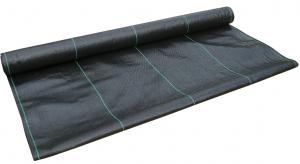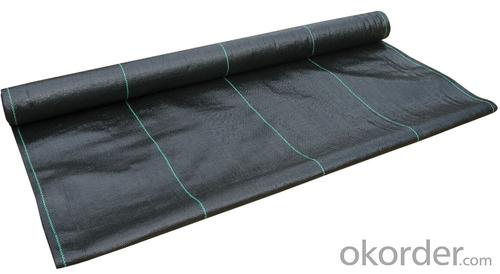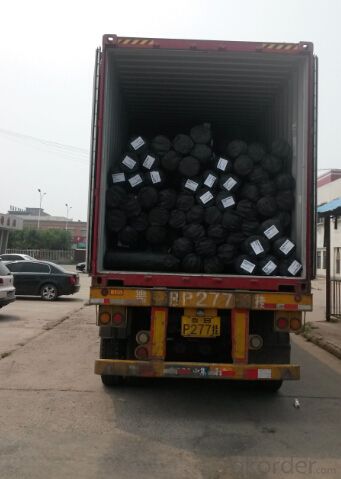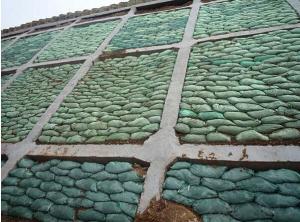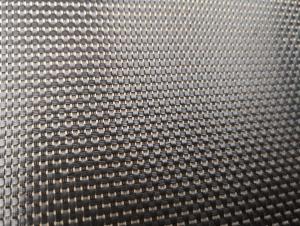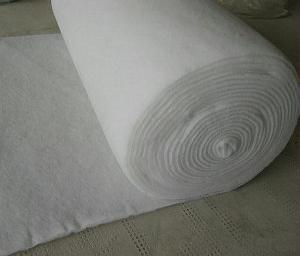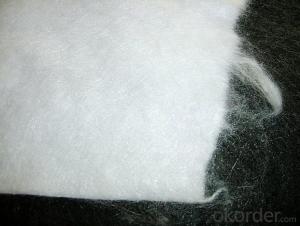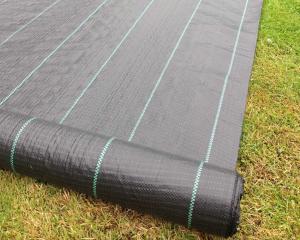Alyaf High Strength PP Woven Geotextile 80g to 400g for Road Construction Project
- Loading Port:
- Shanghai
- Payment Terms:
- TT or LC
- Min Order Qty:
- 1000 m²
- Supply Capability:
- 1000000 m²/month
OKorder Service Pledge
OKorder Financial Service
You Might Also Like
High Strength PP Woven Geotextile
CMAX polypropylene woven geotextile is made from polypropylene flit yarn on circle weave machine, including circular loom and flat loom.
Specifications of High Strength PP Woven Geotextile
Weight: 80gsm – 400gsm
Material: PP, PE
Width: 1m – 6m
Length: as clients’ required.
Technical Data Sheet of High Strength PP Woven Geotextile
Item | Unit | Index | ||||||
Unit Weight | g/m2 | 120 | 160 | 200 | 240 | 280 | 340 | 400 |
Breaking Strength in MD | KN/m | 20 | 30 | 40 | 50 | 60 | 80 | 100 |
Breaking Strength in CD | KN/m | 15 | 22 | 28 | 35 | 42 | 56 | 70 |
Elongation Rate | % | 25 | ||||||
Trapezoidal Tearing Strength | KN | 0.2 | 0.27 | 0.34 | 0.41 | 0.48 | 0.6 | 0.72 |
CBR Mullen Burst Strength | KN | 1.6 | 2.4 | 3.2 | 4.0 | 4.8 | 6.0 | 7.5 |
Vertical Permeability | Cm/s | 10^-1 ~10^-4 | ||||||
Sieve Size O90(O95) | Mm | 0.07 ~ 0.50 | ||||||
Variation | % | ±10 | ||||||
Property of High Strength PP Woven Geotextile
1).Light weight, high strength, low elongation, easy to construct.
2).Reinforcement, separation, drainage and filtration, fencing function.
Application of High Strength PP Woven Geotextile
Railways, highways, sport fields, earthwork projects, tunnels, coal mines, walls and slopes, environmental protection and so on.
FAQ:
1. Which payment do you accept?
For you convinience, our payment can be L/C,TT
2. Is free sample available?
We can supply free samples. You'll just need to pay for express cost.
3. How about your quality?
We have strict quality control system, we make testing on incoming raw material and finished products. Your third party testing is also welcomed. With high quality, our products are used on government projects at home and abroad. Our product quality is accepted by clients from all over the world.
4. When will you reply my request?
You are our expected customer, we’ll reply your request within 24hours. Please feel free to contact us at any time.
Photos
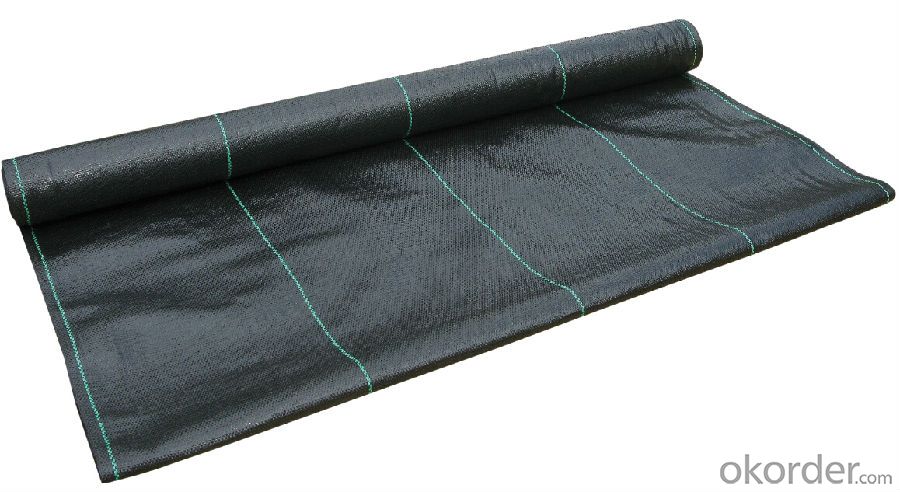
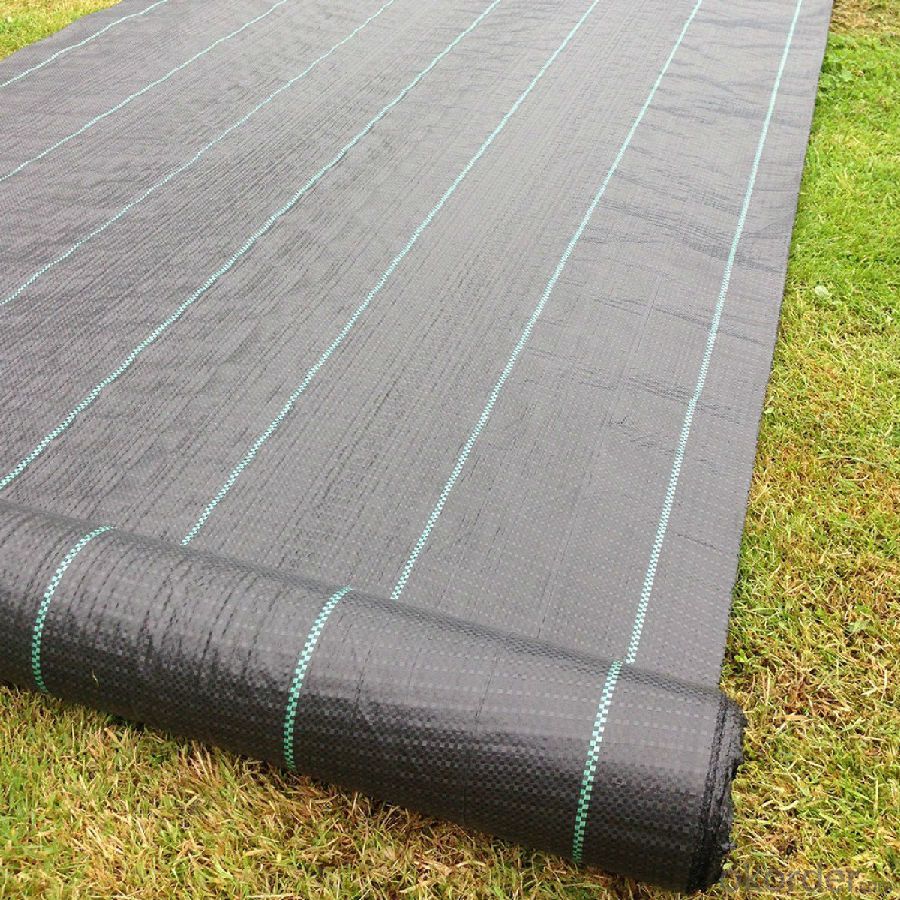
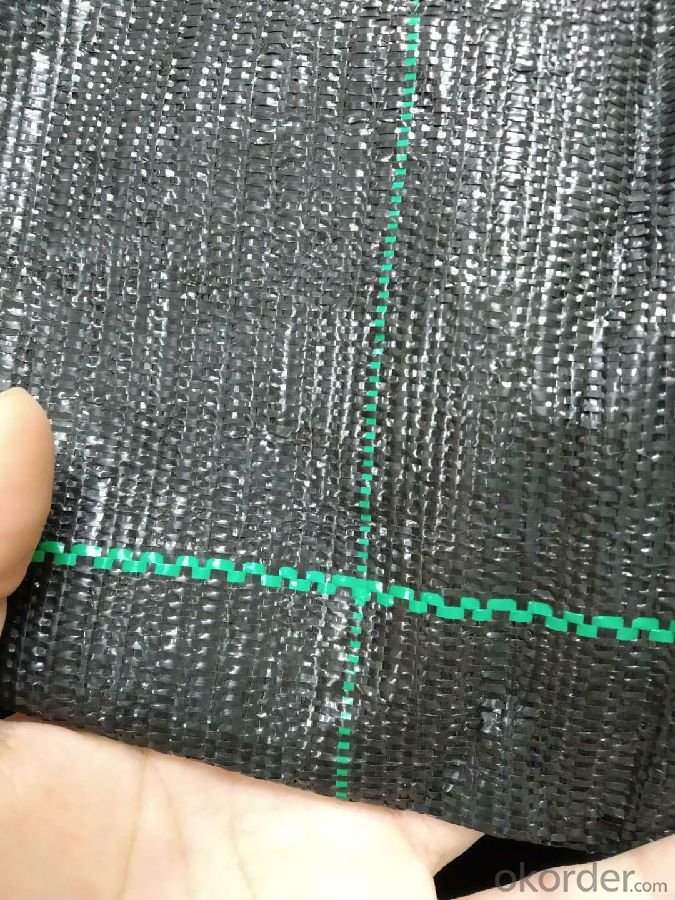

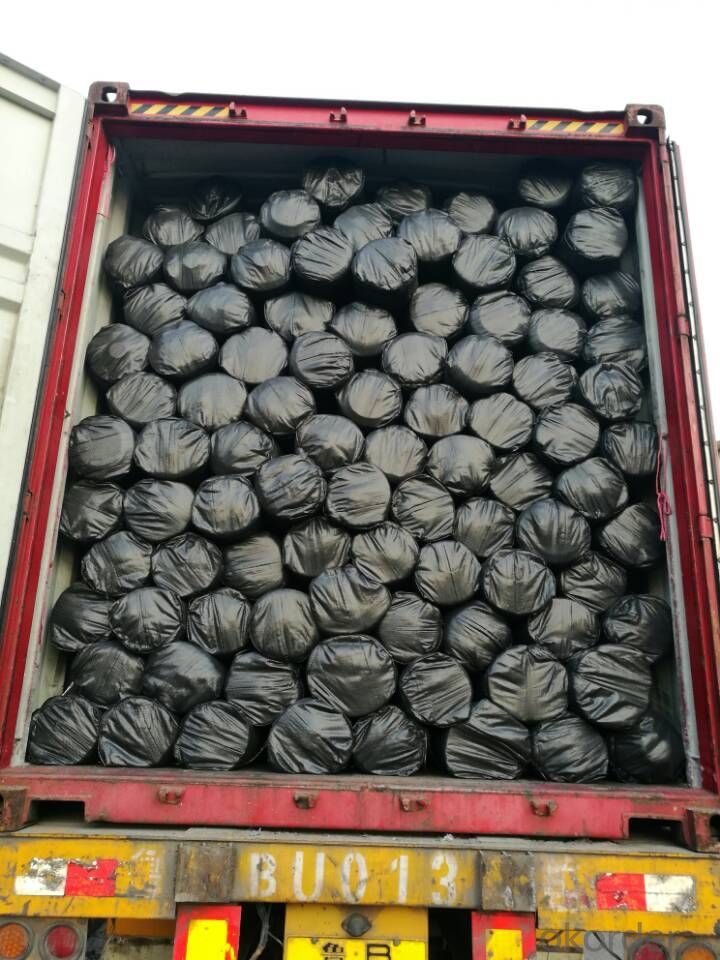
- Q: How do geotextiles help with sediment control in construction sites?
- Geotextiles help with sediment control in construction sites by acting as a barrier that prevents soil erosion and sediment runoff. They are placed on the ground or slopes to stabilize the soil, allowing water to permeate through while trapping sediment particles. This helps to prevent sediment from being carried away by stormwater runoff, thereby reducing the risk of water pollution and ensuring compliance with environmental regulations.
- Q: Geotechnical construction of the weather when there is any requirement
- Geotechnical construction of the weather when there is any requirement
- Q: How do geotextiles help in soil reinforcement?
- Geotextiles help in soil reinforcement by providing a strong and stable base for the soil. They act as a barrier between the soil and other materials, preventing erosion and maintaining the integrity of the soil structure. Additionally, geotextiles distribute the load evenly across the soil, reducing the risk of settlement and increasing the overall stability of the area.
- Q: Can geotextiles be used in the construction of landfills?
- Yes, geotextiles can be used in the construction of landfills. Geotextiles serve as a barrier to prevent the mixing of different types of soil layers, provide separation between different materials, and enhance the stability and strength of the landfill structure. They also help in controlling erosion and drainage within the landfill site.
- Q: How are geotextiles used in erosion control?
- Geotextiles are used in erosion control by acting as a barrier against soil movement and erosion. They are typically placed on slopes or exposed areas prone to erosion, where they help to stabilize the soil and prevent erosion by allowing water to drain through while retaining the soil particles. This helps to mitigate the impact of rainfall, reduce water velocity, and promote vegetation growth, ultimately protecting the land from erosion.
- Q: Consult geotextile and geomembrane is not the same thing?
- Geomembrane completely soiled geotextile is to keep the wet state of water will evaporate
- Q: How do geotextiles help with soil separation in subgrade improvement projects?
- Geotextiles are used in subgrade improvement projects to separate different soil layers, preventing them from mixing. They act as a barrier, allowing water to pass through while preventing the migration of fine particles. This helps to maintain the stability and strength of the subgrade, reducing the risk of settlement and soil erosion.
- Q: What are the advantages of using geotextiles in soil erosion prevention?
- There are several advantages to using geotextiles in soil erosion prevention. Firstly, geotextiles act as a physical barrier that helps to stabilize the soil, preventing it from being washed away by rain or other water sources. Additionally, geotextiles are permeable, allowing water to pass through while retaining the soil particles, thus reducing the impact of water flow on soil erosion. Moreover, geotextiles can be installed quickly and easily, providing an efficient and cost-effective solution for erosion control. Lastly, geotextiles are durable and resistant to degradation, ensuring long-term effectiveness in preventing soil erosion.
- Q: Are geotextiles suitable for use in contaminated soil remediation projects?
- Yes, geotextiles are suitable for use in contaminated soil remediation projects. Geotextiles can act as effective barriers, preventing the spread of contaminants, while still allowing water and air to pass through, facilitating the natural remediation process. Additionally, geotextiles can provide structural stability to the soil, preventing erosion and enhancing the overall effectiveness of the remediation project.
- Q: What are the factors to consider when designing geotextile-reinforced slopes?
- When designing geotextile-reinforced slopes, several factors need to be considered. These factors include the type and strength of the soil, the slope angle, the water conditions, the expected load and stress on the slope, the desired vegetation cover, and the available space for construction. Additionally, the design should account for the potential for erosion and the need for drainage to prevent water buildup. The selection of appropriate geotextile materials and installation techniques is also crucial for ensuring long-term stability and effectiveness of the reinforced slope.
Send your message to us
Alyaf High Strength PP Woven Geotextile 80g to 400g for Road Construction Project
- Loading Port:
- Shanghai
- Payment Terms:
- TT or LC
- Min Order Qty:
- 1000 m²
- Supply Capability:
- 1000000 m²/month
OKorder Service Pledge
OKorder Financial Service
Similar products
Hot products
Hot Searches
Related keywords
